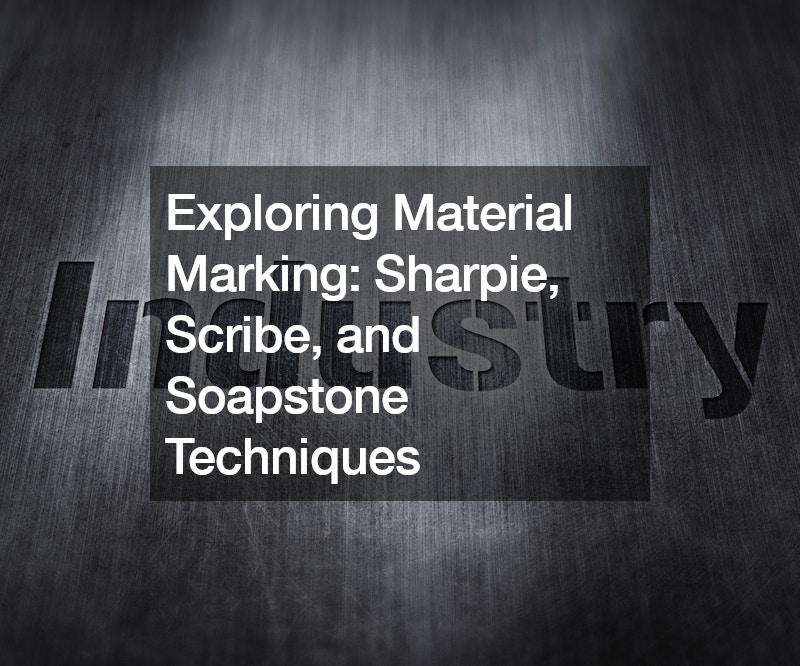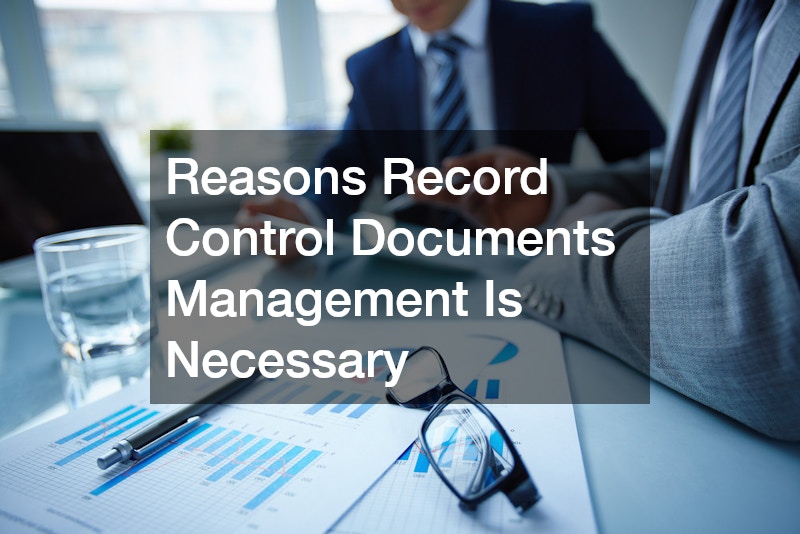
Exploring Material Marking: Sharpie, Scribe, and Soapstone Techniques

Accurate material marking is crucial for any fabricator aiming to achieve precise cuts and measurements. Among the various tools available, Sharpies, scribes, and soapstone stand out for their versatility and effectiveness. Each has unique advantages and specific applications that can significantly enhance your fabrication process.
Sharpie Technique
Sharpies are a popular choice due to their convenience and visibility. When using a Sharpie, it’s essential to measure accurately, taking into account the width of the blade.
For instance, marking dead center on a measurement line can result in inaccuracies due to the blade’s thickness. Instead, mark to one side of the measurement line, ensuring that you remember which side to discard. A helpful tip is to make an ‘X’ on the side that will be discarded. This method helps in maintaining precision, ensuring that the saw blade lines up perfectly with your mark.
Scribe Method
Scribes are excellent for making fine, precise lines on materials. To use a scribe effectively, make sure your material is flat and even. Press down to keep it steady and make a single, straight line. Avoid retracing the line, as this can cause inaccuracies. Highlighting the scribed line with a Sharpie makes it more visible and easier to follow during cutting. This technique is especially useful for metals and other hard materials where pencil marks might not be visible.
Soapstone Technique
Soapstone, particularly the Silver Streak variety, is favored for its ability to mark on oily or greasy surfaces. Soapstones are also refillable and can be extended to the desired length, making them a versatile tool for fabricators. When using soapstone, apply the same marking principles as with a Sharpie: make your mark, line it up, and identify the discard side with an ‘X’. This ensures clarity and precision, even on challenging surfaces.
Advanced Metal Marking Techniques
For more advanced metal marking solutions, laser marking and engraving are excellent options. Laser markers provide high precision and can mark a variety of metals with intricate details. These machines use concentrated light beams to etch designs, barcodes, or serial numbers into metal surfaces. While more expensive, laser marking offers unparalleled accuracy and durability.
Electrochemical etching is another sophisticated method, suitable for stainless steel and other conductive metals. This process uses an electrolyte solution and a stencil to create permanent marks. It’s a cost-effective way to achieve high-quality markings that are resistant to wear and corrosion.
Key Takeaways
Choosing the right marking tool depends on the material and the specific requirements of your project. Sharpies offer convenience and visibility, scribes provide fine precision, and soapstone excels on greasy surfaces. For advanced marking, laser markers and electrochemical etching provide high precision and durability. With these techniques, you can enhance your fabrication accuracy, leading to better results and more efficient workflows.
.





